Let's start out with what everyone 'knows'—in 1871, Germany, victorious in a war with France, seized the French provinces of Alsace and Lorraine, holding them until 1918, and then again from 1940 to 1945, and that their liberation was for many years a key rallying point in French politics.
My visit last summer to the Alsace-Moselle Memorial Museum at Schirmeck, in Lorraine, put an end to any simple understanding of that story, and even to the name of the territory involved. You'll note the name Alsace-Moselle: Moselle was ceded to Germany in 1871, while the rest of Lorraine and about 7% of Alsace remained French.
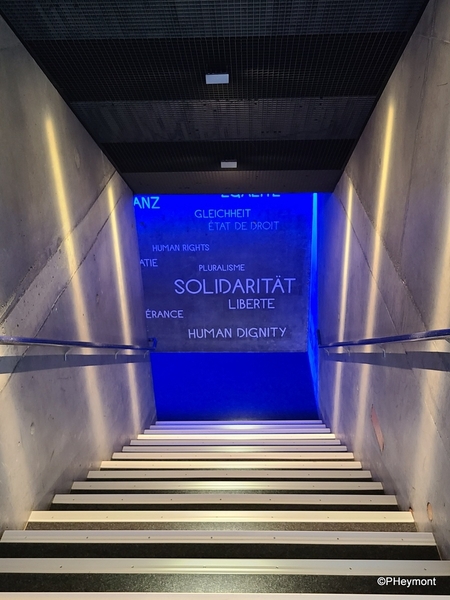 From the lobby, the museum experience begins with these steps
From the lobby, the museum experience begins with these steps
But to describe the area as French or German is in itself an oversimplification; the area had long histories (note 'histories,' Alsace and Lorraine were really only linked together after the French Revolution and Napoleon). Alsatians have an Alsatian language; Lorrains spoke Lorrain or various dialects of Franconian.
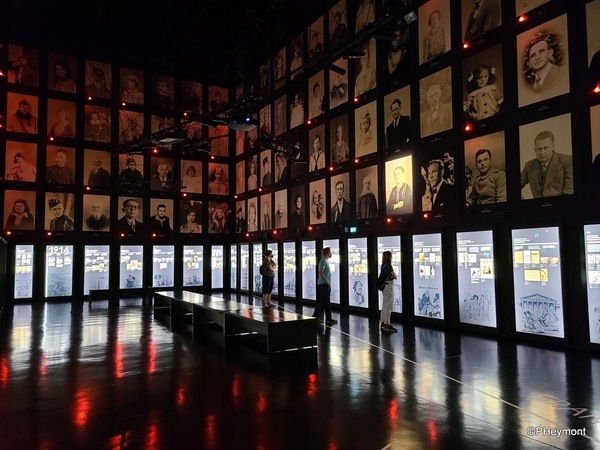
And those languages and cultures were still quite distinct in 1871, and have a big influence on what happened later. As I learned on my way through the museum, sorting out sides is not easy. After 1871, there were pro-German groups, pro-French factions, and always a strong sentiment for independence or autonomy. And by no means were all Lorrains and Alsations clear they wanted to be lumped together, either.
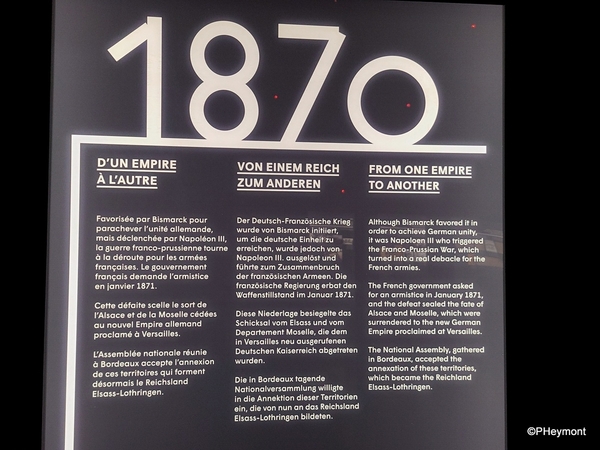
The museum, which opened in 2005, does its level best to sort out all the confusions, following the history of the region from 1870 on in order to make sense of the experience of the regions in World War II and after. It's funded and operated by regional authorities, the village of Schirmeck and other local authorities. It's about a 45-minute train ride from Strasbourg.
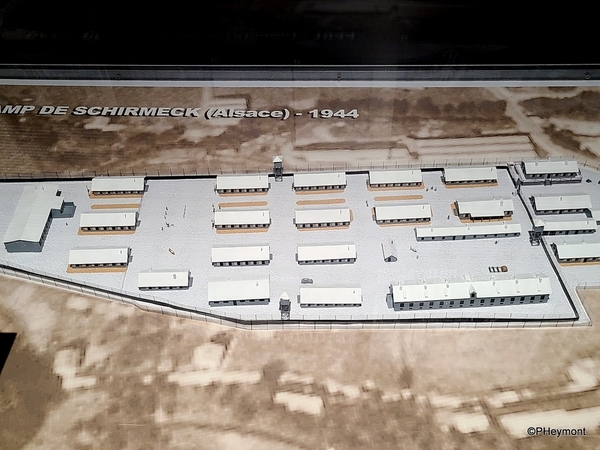
It's set on a hillside above the town, looking across the Bruche valley to another hillside memorial, the grim site of the Nutzweiler-Struthof concentration camp, the largest Nazi camp on French soil—although at the time, it had technically been annexed back into Germany.
Visitors start in a large hall, lined above with photos of Alsatians and Lorrains of different periods, giving a personal-level feel to the historical posters, photos and narratives below. Everything is labeled in French, German and English.
The early panels cover Germany's attempt to integrate the area into a new German province. Germany invested in new buildings, roads, a new university to displace the French one and new rail lines and stations. At the same time, French was banned from schools and public affairs.
Throughout the period, when elections were held, they were split among those who stood for election but refused to serve in a German parliament; those who served but advocated for autonomy, and those who considered themselves German.
Two panels, above, depict what happened at the end of World War I: as the German Kaiser was overthrown and a socialist republic proclaimed, Strasbourg had its own call for revolution and for workers' councils to take over. In the city, a Republic of Alsace-Lorraine was proclaimed, leaders from other towns and cities called for French troops to move in and take over, which they did. Officially, though, French rule was not official until the 1919 Versailles Treaty.
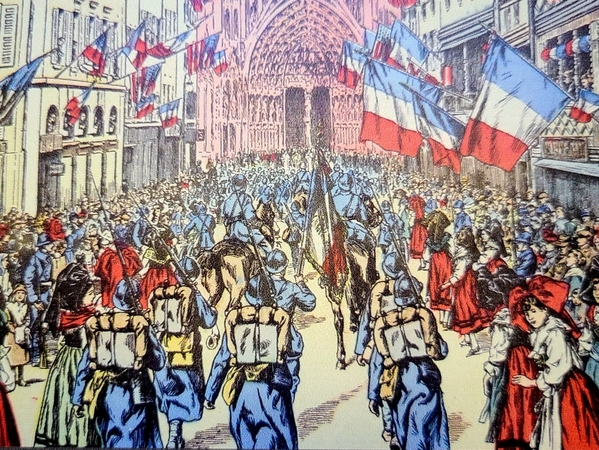 The arrival of French troops may not have been as widely welcomed as the picture above hints, but there was little resistance, and one of the main streets in Strasbourg is still named for the date: the Rue de 22 de Novembre.
The arrival of French troops may not have been as widely welcomed as the picture above hints, but there was little resistance, and one of the main streets in Strasbourg is still named for the date: the Rue de 22 de Novembre.
What followed was, in essence, a period of 'ethnic cleansing.' with many Germans who had settled in the area after 1871 forced to leave; authorities issued four kinds of identity card, with different rights and privileges. Type A was for people born in Alsace-Moselle; Type B went to individuals living in the region before 1870. The rest of the population was divided in C, people whose both parents were born in 'neutral' or Allied regions, and D, for those who had come from enemy countries (Germany, Austria, Hungary) and their children.
That process had barely ended when, as the cartoon below suggests, the region was torn among different trends within its population: Centralization under France's central government, regional autonomy or independence; and then between deep religious connections and the official 'non-religious' laws of the state.
Those issues were all still in play in 1939 when World War II started. As a border region, and with its history, that was particularly ominous, even though at first the war did not involve the area directly. But stained glass was stored, fortifications re-inforced, and a large part of the population of the area, several hundred thousand people, was sent away to areas further into France.
Later, after the fall of France, a large part of the population, especially those considered to be acceptable to the new rulers, returned. Germany again annexed the area, and began a campaign of Nazification and 'Defrancization.
At this point in the museum tour, visitors leave the big hall with the narrative posters and enter a world of very effective stage sets that, at most points, offer the feeling of stepping back into times past and perilous. First, these mock-up rail cars; screens in them tell the story of the evacuation.
After passing through the railroad station, the next stop is in one of the fortresses of the Maginot Line, the huge underground fortifications built to prevent a German invasion like that of 1914; in 1940 the German army went around it to cut across France.
Town walls were plastered with propaganda posters emphasizing German pride and power. Among the slogans: "What a grace and honor to be German," "Out with the Celtic rubbish," "Alsatians, speak your German mother language!" and emphasizing the German history of some of the towns in the area. In the second picture, recruiting posters proclaiming "NCO in the Army: Your calling!"
New Nazi officials were appointed to take over all local authorities in the area.
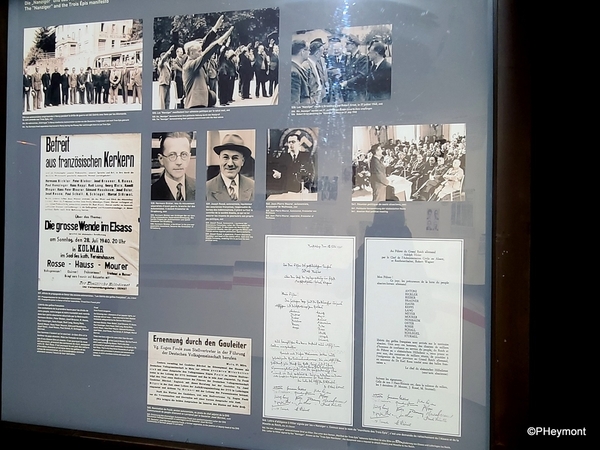
If that weren't unsettling enough, a turn in the hall takes us to Gestapo headquarters, where little is said, but much is suggested. Even the absence of anyone in the hall and rooms made me uncomfortable.
Stepping through the last door in the Gestapo area, you are suddenly penned up in the Natzweiler concentration camp, but unlike the fate of thousands there, visitors are able to quickly escape into the surrounding woods, joining partisan and resistance groups in the heavily-forested area.
Groups operating in the area in the later part of the war were able to sabotage some German operations and to rescue Jews and downed allied pilots, with varying degrees of effectiveness.
And then, on November 23, 1944, nearly the same date as in 1918, the French army again entered Strasbourg, and the area was returned to French rule. As in other parts of France, however, feelings ran high, and many who had worked with the Germans were attacked, jailed or forced to leave. A number were hanged, along with German officials including the Gauleiter.
At the end of the war, visitors come to the end of the dramatic stage sets, and begin a walk through a futuristic portal that returns to the entrance level through a room that emphasizes the events since, and the potential for the future, one with, hopefully, far less conflict than the past.

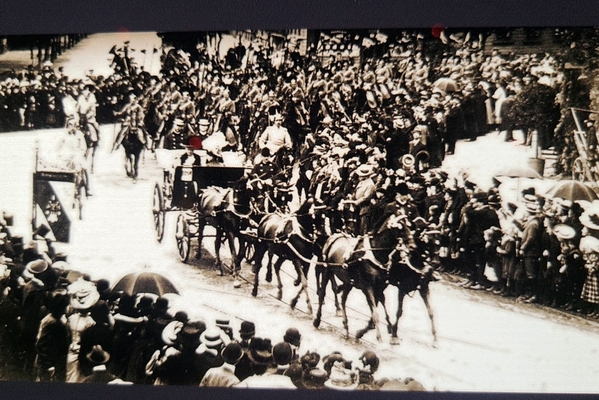
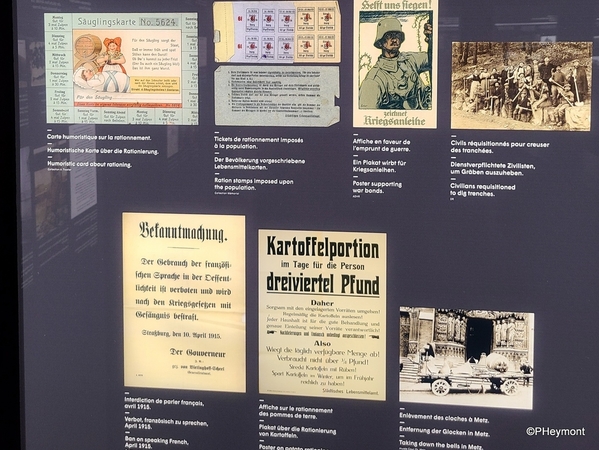
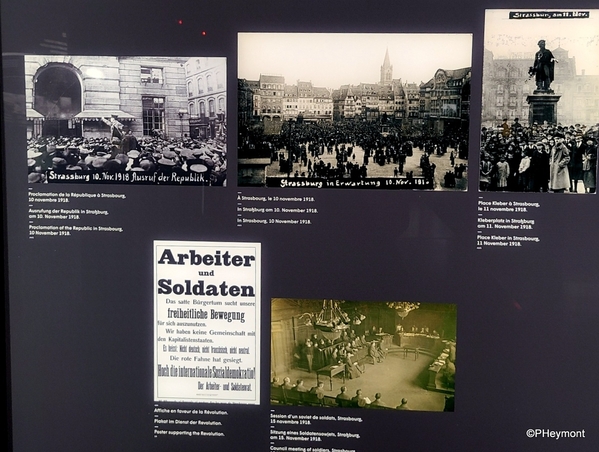
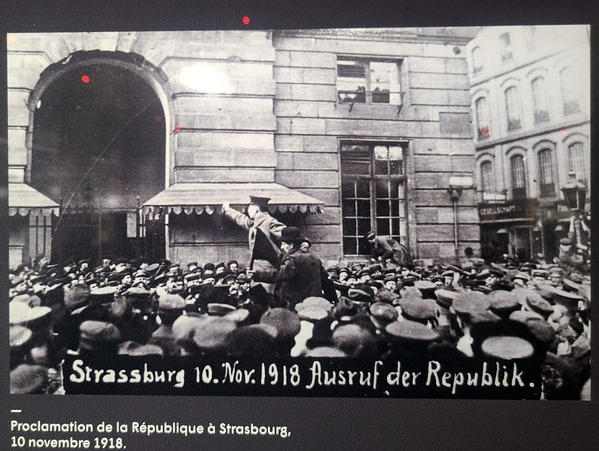
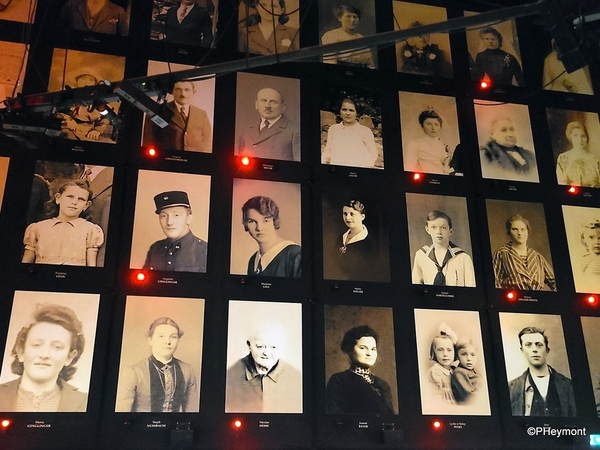
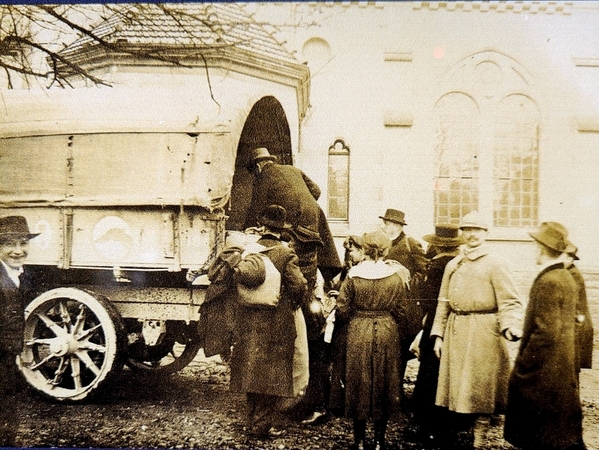
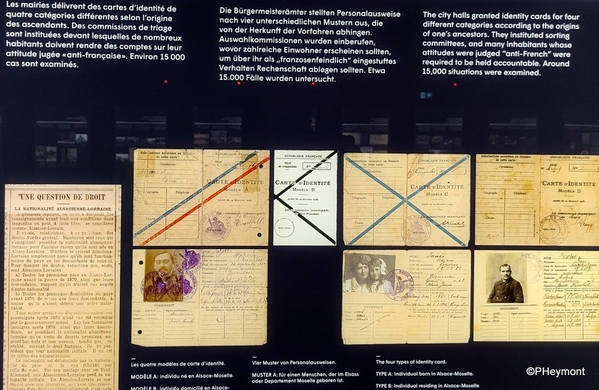
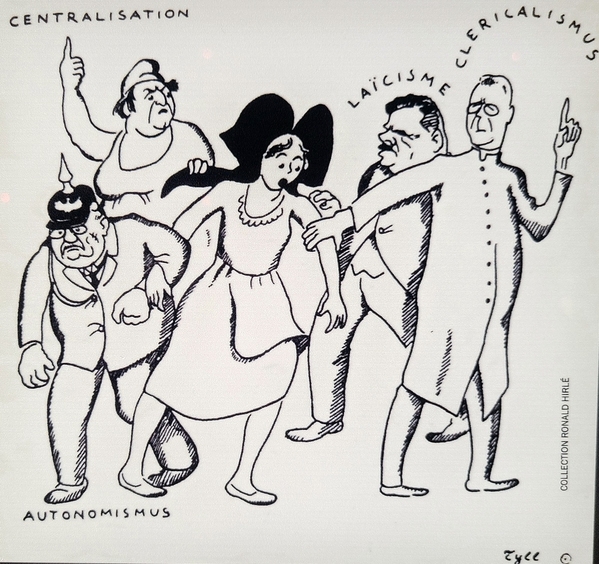
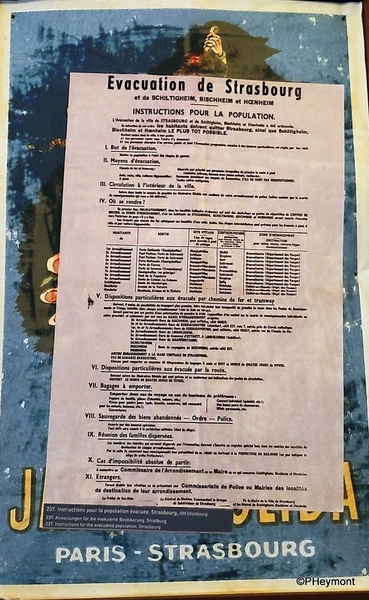
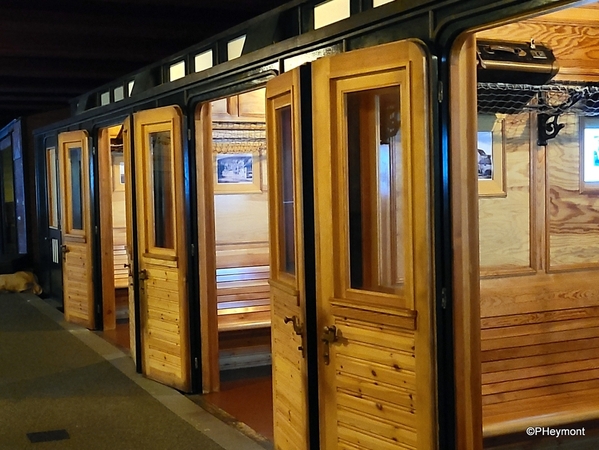
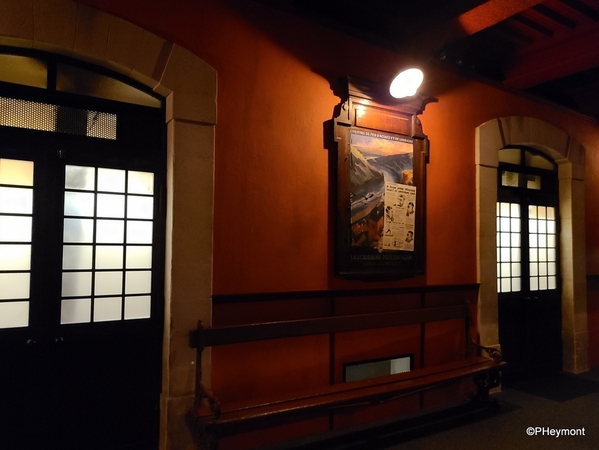
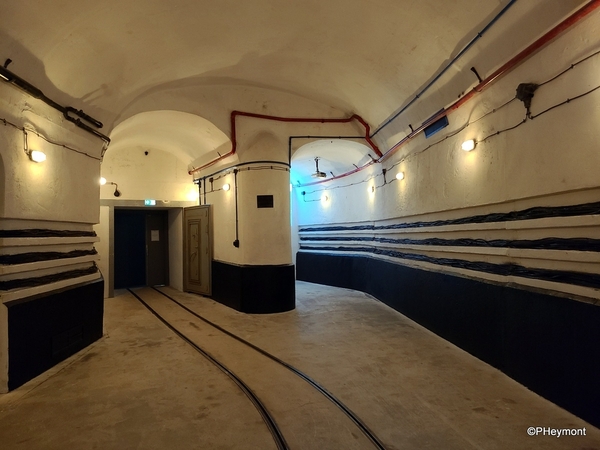
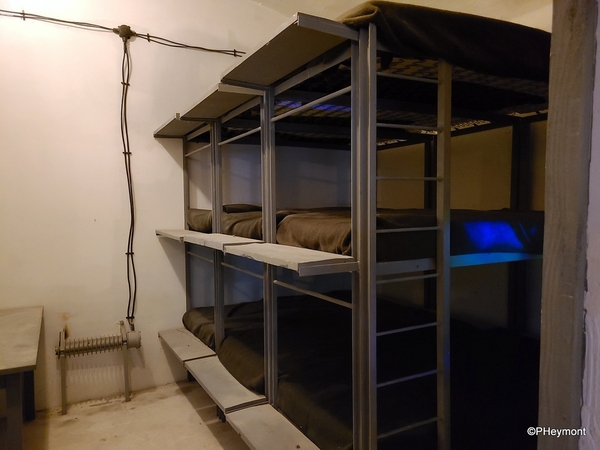
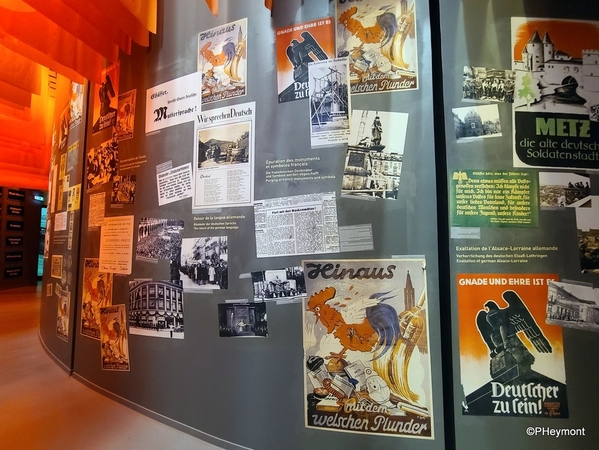
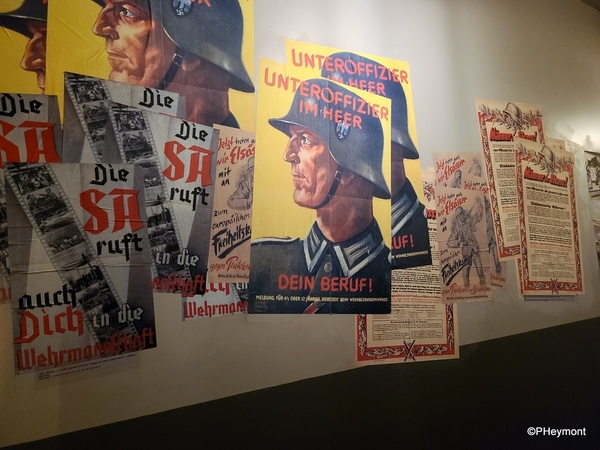
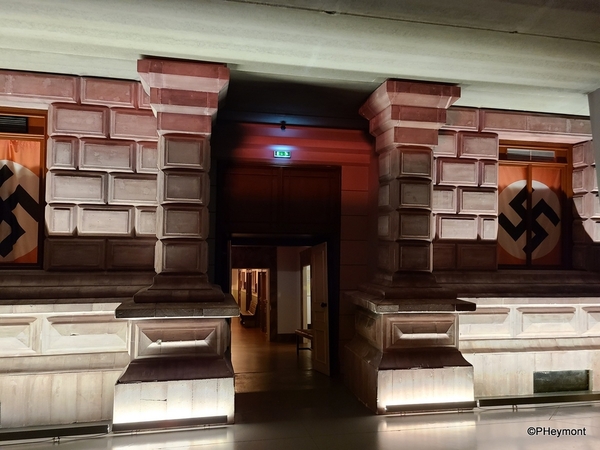
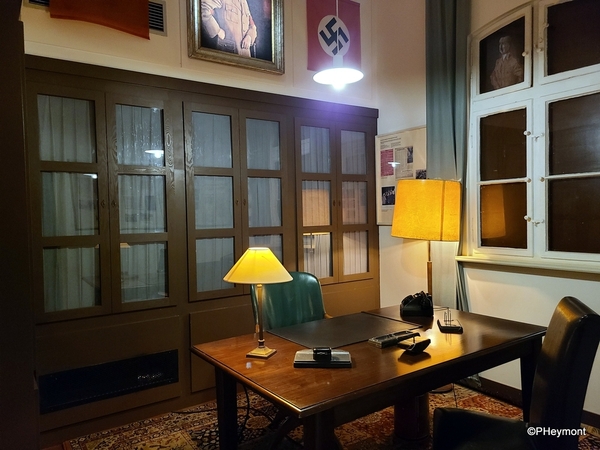
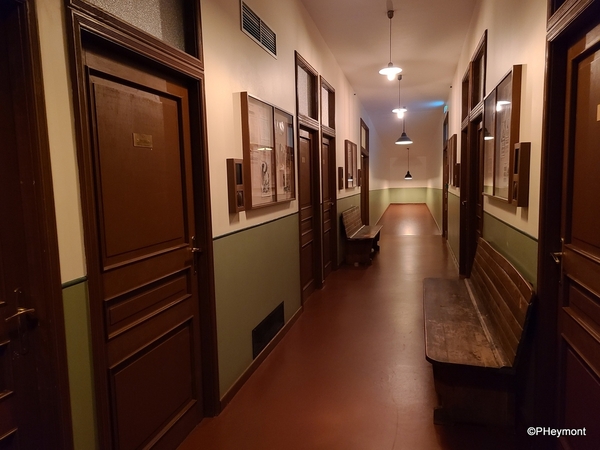
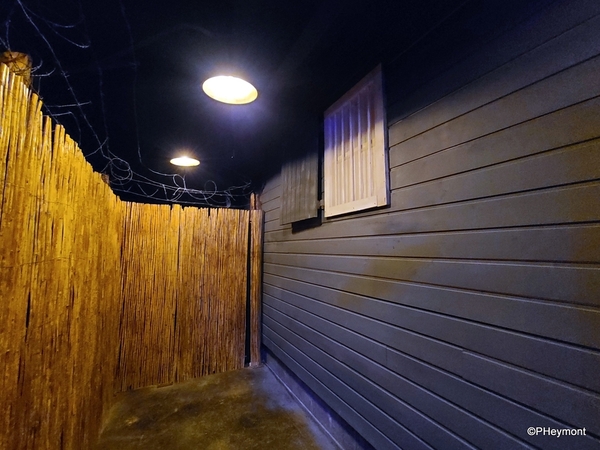
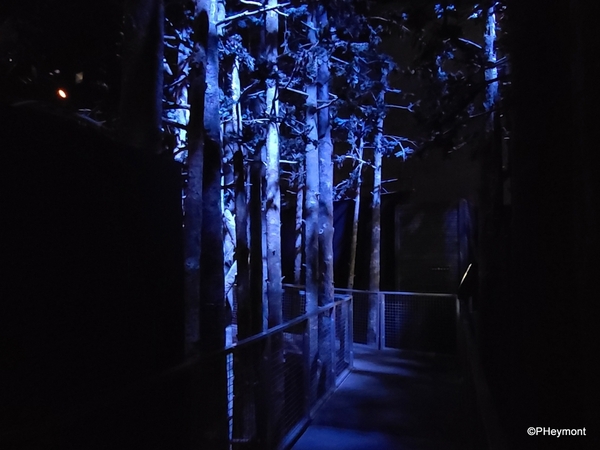
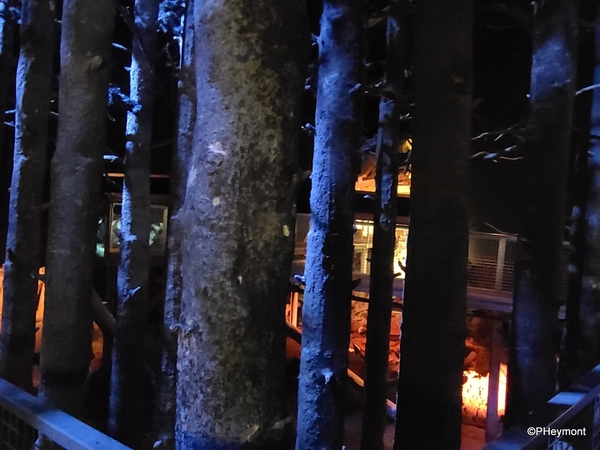
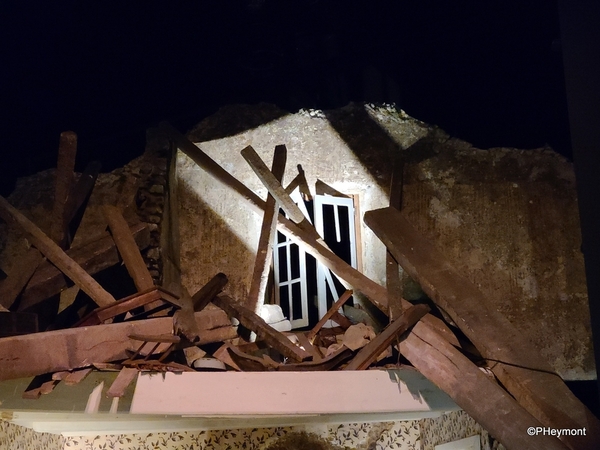
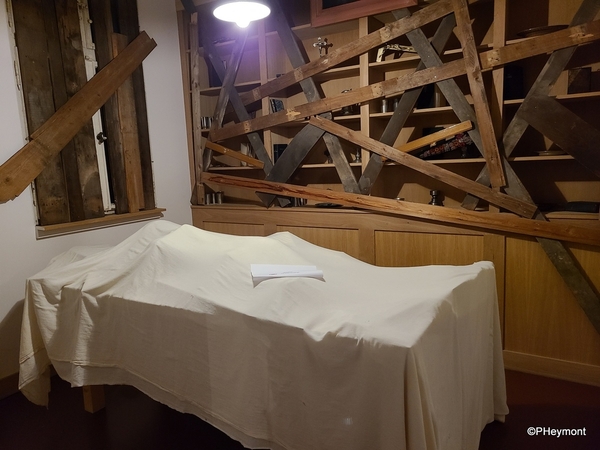
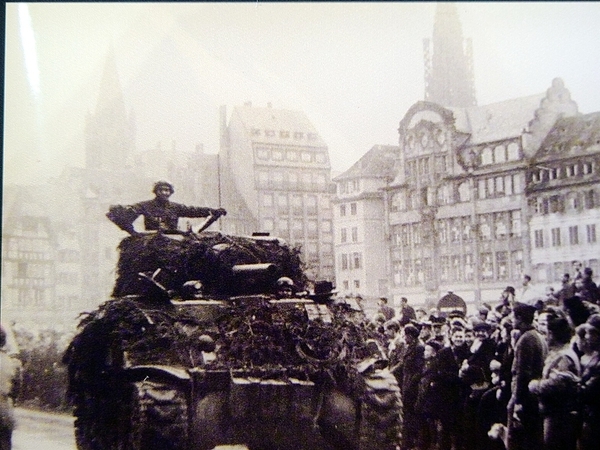
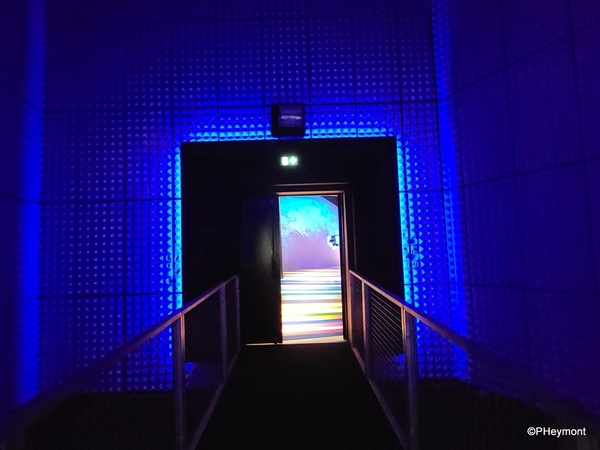
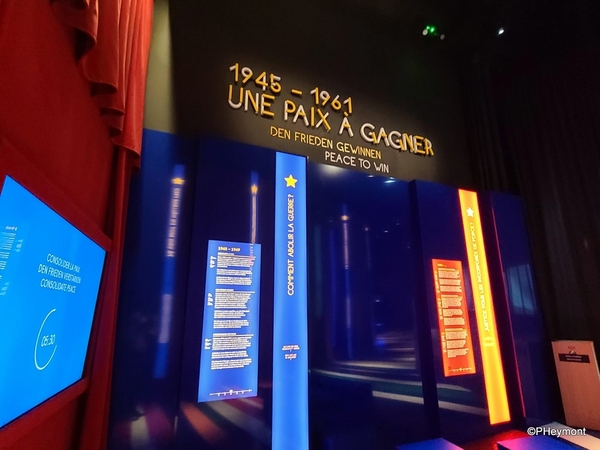
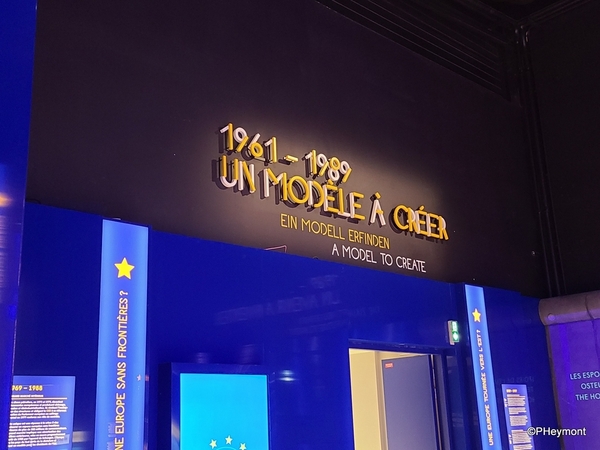
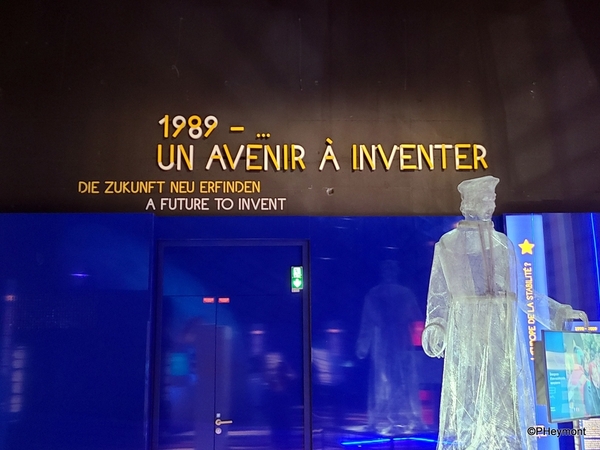
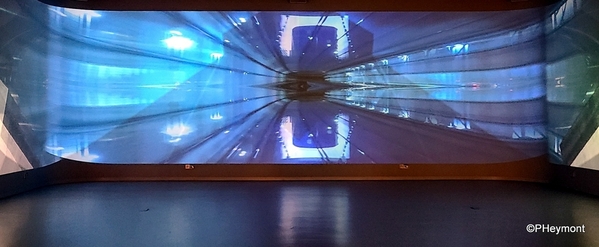



































Comments (1)